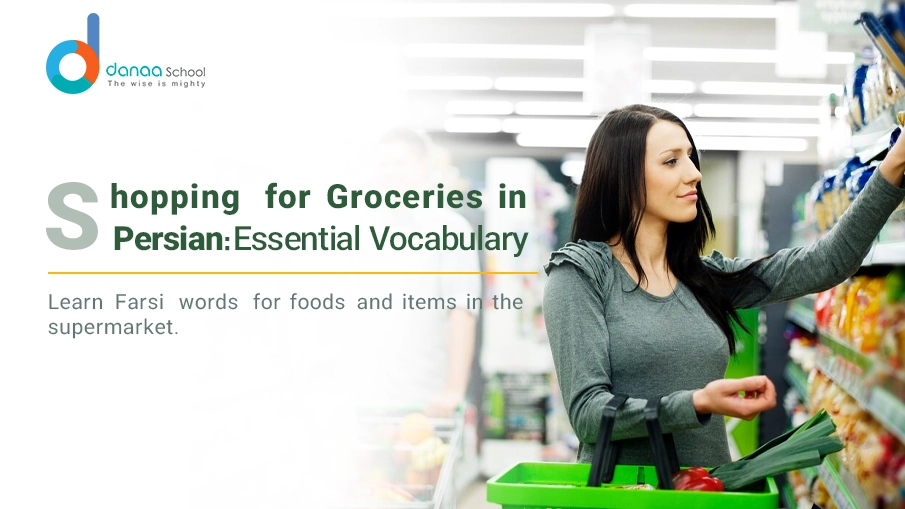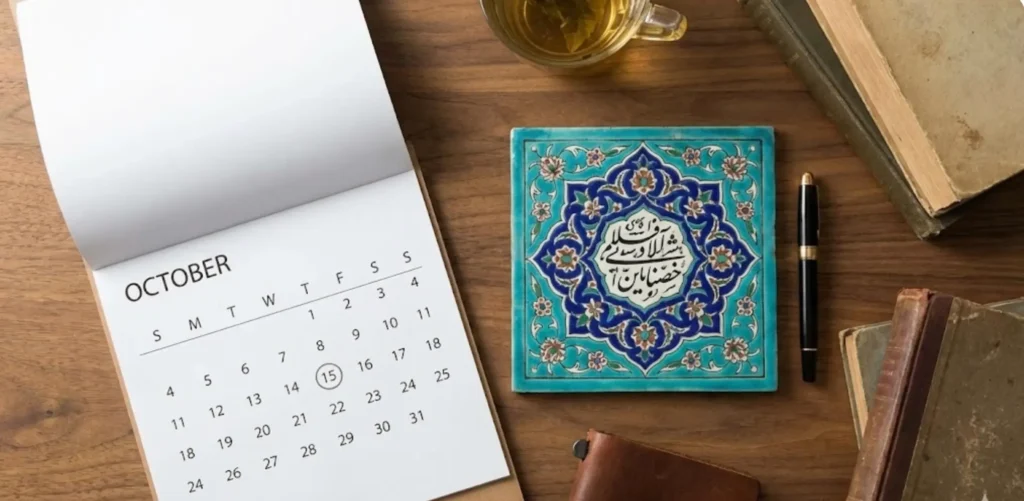When traveling to or living in a Persian-speaking country like Iran, a simple trip to the grocery store can be a rich cultural experience. However, navigating the aisles filled with Persian labels can be challenging if you’re unfamiliar with the language. This guide will teach you the essential words, phrases, and cultural tips to make grocery shopping in Farsi a breeze.
Whether you’re looking for fresh produce, pantry staples, or specialty Iranian ingredients, knowing a few key terms about groceries in Farsi can transform your shopping experience.
Understanding “Grocery Store” in Farsi
In Farsi, the term for “grocery store” is “سوپرمارکت” (Supermarket) or “بقالی” (Baqali). These words are commonly used depending on the size and type of the store. Here’s a breakdown of what you might encounter:
-
- سوپرمارکت (Supermarket): Large stores similar to Western-style supermarkets.
-
- بقالی (Baqali): Smaller neighborhood grocery stores, often family-owned.
Essential Phrases for Grocery Shopping in Farsi
Learning a few key phrases will help you communicate effectively:
-
- Do you have…?: “آیا دارید…؟” (Aya darid…?)
-
- Where can I find…?: “کجا میتوانم پیدا کنم…؟” (Koja mitavanam peyda konam…?)
-
- How much does this cost?: “قیمت این چند است؟” (Gheymat in chand ast?)
-
- I need…: “من نیاز دارم به…” (Man niaz daram be…)
-
- Thank you!: “ممنون!” (Mamnoon!)
Common Sections of a Grocery Store in Farsi
To navigate the store effectively, familiarize yourself with the section names:
-
- Produce Section (میوه و سبزیجات): Miveh va Sabzijat
-
- Dairy Section (لبنیات): Labaniat
-
- Meat Section (گوشت): Goosht
-
- Bakery (نانوایی): Nanvaii
-
- Beverages (نوشیدنیها): Noshidaniha
Essential Persian Words for Groceries
Here’s a helpful table with some of the most commonly used grocery in Persian:
| English | Farsi | Pronunciation |
| Bread | نان | Nan |
| Milk | شیر | Shir |
| Cheese | پنیر | Panir |
| Eggs | تخم مرغ | Tokhm Morgh |
| Meat | گوشت | Goosht |
| Chicken | مرغ | Morgh |
| Rice | برنج | Berenj |
| Sugar | شکر | Shekar |
| Salt | نمک | Namak |
| Tea | چای | Chai |
| Vegetables | سبزیجات | Sabzijat |
| Fruit | میوه | Miveh |
How to Ask for Help in a Persian Grocery Store
Sometimes, you’ll need assistance locating an item. Use these phrases to ask store employees for help:
-
- Excuse me, where is the bread section?
“ببخشید، بخش نان کجاست؟” (Bebakhshid, bakhsh-e nan kojaast?)
- Excuse me, where is the bread section?
-
- Do you have fresh vegetables?
“سبزیجات تازه دارید؟” (Sabzijat-e tazeh darid?)
- Do you have fresh vegetables?
Politeness goes a long way in Persian culture. Always remember to say “لطفاً” (Lotfan) for “please” and “متشکرم” (Motshakkeram) for “thank you.”
Persian Culture in Grocery Shopping
In Iran, grocery shopping is more than just a task—it’s a cultural experience. Many traditional bazaars still thrive alongside modern supermarkets. Here are some key differences:
-
- Fresh Produce: In bazaars, sellers often allow you to taste fruits before purchasing.
-
- Bartering: While not common in supermarkets, haggling is a standard practice in traditional markets.
-
- Specialty Items: Persian stores are known for spices, saffron, and herbal teas—essentials for Iranian cuisine.
List of Groceries in Farsi
Below is a detailed list of grocery items categorized by type to help you plan your shopping trip:
Fruits (میوهها – Miveh-ha)
-
- Apple: سیب (Sib)
-
- Banana: موز (Moz)
-
- Orange: پرتقال (Porteghal)
-
- Pomegranate: انار (Anar)
-
- Grapes: انگور (Angoor)
Vegetables (سبزیجات – Sabzijat)
-
- Tomato: گوجه فرنگی (Goje Farangi)
-
- Cucumber: خیار (Khiar)
-
- Onion: پیاز (Piaz)
-
- Potato: سیب زمینی (Sib Zamini)
-
- Spinach: اسفناج (Esfenaj)
Pantry Staples
-
- Flour: آرد (Ard)
-
- Oil: روغن (Roghan)
-
- Lentils: عدس (Adas)
-
- Chickpeas: نخود (Nokhod)
-
- Pasta: پاستا (Pasta)
Shopping for Persian Cuisine Essentials
Iranian cooking relies heavily on fresh herbs, unique spices, and high-quality staples. Here are some must-haves:
-
- Herbs: Parsley (جعفری – Jafari), Mint (نعناع – Na’na), Dill (شوید – Shevid)
-
- Spices: Turmeric (زردچوبه – Zardchoobeh), Cinnamon (دارچین – Darchin), Saffron (زعفران – Za’faran)
-
- Rice Varieties: Persian rice (برنج ایرانی – Berenj Irani) is prized for its long grains and fragrant aroma.
Learning Farsi While Shopping
Practicing Farsi during grocery trips is an excellent way to improve your language skills. Here are some tips:
-
- Label Reading: Many products feature bilingual labels, making it easier to learn new words.
-
- Engage with Shopkeepers: Start conversations with store staff or other shoppers to practice speaking.
-
- Flashcards: Create flashcards with grocery terms and review them before each trip.
Find Your Ideal Teacher
At Danaa School, you can choose your Farsi tutor from a selection of qualified and experienced teachers. Begin an exceptional journey into the world of Persian language!
Book Your Trial Lesson
FAQs
How do you say "I want to buy groceries" in Farsi?
“میخواهم خرید کنم.” (Mikhaaham kharid konam.)
What is the Persian word for "market"?
It’s بازار (Bazar) for traditional markets or فروشگاه (Forooshgah) for modern stores.
How do Iranians shop for groceries?
Many shop at both local markets for fresh goods and supermarkets for packaged items.
What is a common Persian grocery item?
Saffron is a staple in Persian kitchens, used for flavoring and coloring dishes.
What is the etiquette when shopping in a Persian grocery store?
Politeness and patience are key. It’s customary to greet shopkeepers when entering small stores.
Can I find international items in Iranian grocery stores?
Yes, larger supermarkets often stock imported goods alongside Persian products.
Conclusion
Shopping for groceries in Farsi can be both practical and rewarding. With the words and phrases in this guide, you’ll be well-equipped to navigate Persian supermarkets and immerse yourself in Iranian culture. The next time you’re in a Persian grocery store, try using the terms you’ve learned—you might even discover a new favorite ingredient or recipe along the way! Sign up now.
Want to Learn Farsi at Danaa School?
Here are the best resources for you!








